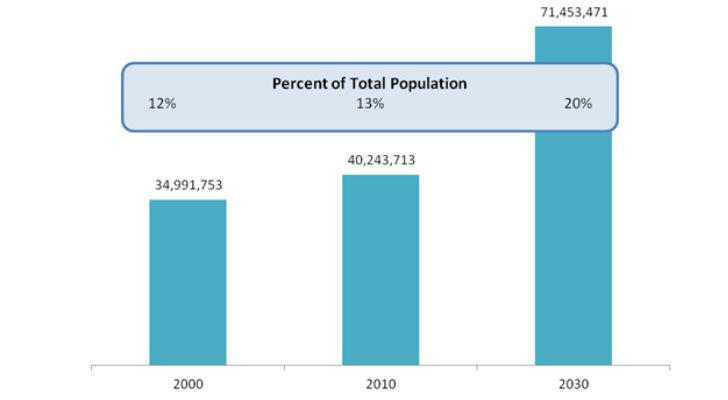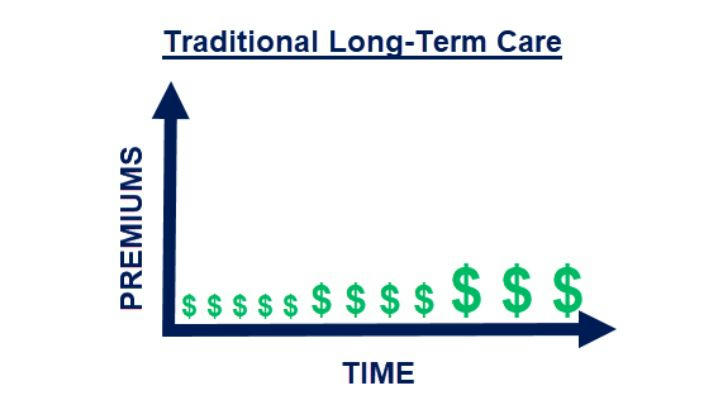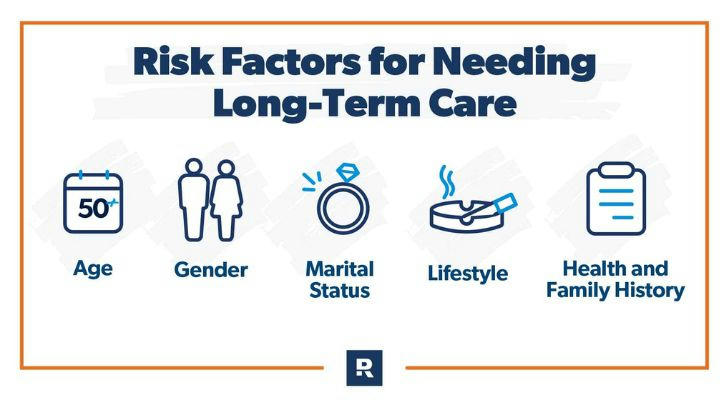How to Plan for Long-Term Care Insurance and Protect Yourself from Rising Retirement Care Costs
Introduction: Why Long-Term Care Insurance Matters More Than Ever
As the American population ages, more people are beginning to worry about long-term care and how they’ll afford it. By 2030, the U.S. Census Bureau projects that more than 72 million Americans will be 65 or older — about 20% of the total population. This aging trend directly increases the demand for long-term care services.

At the same time, the cost of care is rising rapidly. According to the U.S. Department of Health and Human Services (HHS), 70% of people over 65 will need some form of long-term care in their lifetime. Whether it’s home care, assisted living, or nursing home care, these services are extremely expensive. In 2024, the average cost for a private room in a nursing home exceeded $100,000 per year. For retirees living on fixed incomes, these costs can be devastating.
This is why Long-Term Care Insurance (LTCI) has become an essential tool for protecting retirement savings and ensuring quality care in later years. However, many people don’t fully understand how this insurance works or why they need it — until it’s too late.
Key Concerns for Americans Planning for Long-Term Care
1.Rising Care Costs: How Can You Afford It?
The Data: According to the 2024 Genworth Cost of Care Survey, the cost of care is increasing by 4% to 6% annually. Home health care services now average $5,200 per month, while a room in a nursing home can cost up to $9,000 per month.
Real-Life Example: Take Mary, a 68-year-old widow. She planned to live comfortably on her Social Security and savings. But when she suffered a stroke and required long-term care, the $8,500 monthly nursing home bill quickly drained her savings. Without long-term care insurance, she had no choice but to sell her home to cover her expenses — a situation many retirees fear.
2.Not Enough Retirement Savings: How Do You Balance Care and Quality of Life?
Retirement savings often fall short. According to the Federal Reserve, over 40% of Americans over 50 say their savings are far below what they need for retirement. A sudden need for long-term care can quickly wipe out what little savings they have, leaving them financially vulnerable.
The Solution: Long-term care insurance spreads out future care costs over affordable annual premiums. Instead of facing unpredictable, massive expenses, you pay manageable amounts over time, keeping your savings intact for other retirement needs.

3.Lack of Planning Limits Care Options
Without insurance, many retirees are forced to choose care options based solely on cost. This can mean lower-quality facilities or relying heavily on family members for care — a burden that can strain relationships and finances.
With LTC Insurance: You’ll have more choices, including high-quality assisted living facilities, in-home professional care, and specialized nursing services without depleting your savings.
Why Long-Term Care Insurance Is the Best Solution
1.Wide Coverage Eases Financial Stress
LTC insurance typically covers a broad range of services:
1.In-home care
2.Adult day care services
3.Assisted living facilities
4.Skilled nursing homes
These services can help maintain your quality of life and reduce the financial and emotional strain on your family.
2.Flexible Plans Tailored to Your Needs
Many policies offer customizable options, such as:
1.Short-term care plans
2.Long-term comprehensive plans
3.Inflation protection
4.Shared benefits for couples
This flexibility ensures you get the right coverage based on your health, financial situation, and care preferences.
3.Lower Costs with Early Planning
The Data: According to the American Association for Long-Term Care Insurance (AALTCI), a 55-year-old’s annual premium for long-term care insurance averages $2,000 to $3,000. By 65, that number jumps to $5,000 or more. The earlier you buy, the lower your premiums and broader your coverage.

How to Choose the Right Long-Term Care Insurance
1.Assess Your Needs and Risk Level
Consider family health history and likelihood of needing care.
Evaluate your savings and retirement income to determine how much coverage you’ll need.
2.Compare Insurance Plans Carefully
Look at coverage details, including waiting periods, claim limits, and reimbursement options.
Ensure your policy offers inflation protection, so your benefits keep pace with rising costs.
3.Consider Hybrid Insurance Products
Life Insurance + Long-Term Care Insurance: Provides death benefits if you don’t use long-term care.
Return-of-Premium Plans: Refund your premiums if you never file a claim.
Practical Steps to Secure Your Future Care
1.Start Planning Early: Lock in lower premiums and broader coverage by purchasing in your 50s or early 60s.
2.Consult a Financial Advisor: Get personalized advice to choose the best plan for your needs.
3.Review and Update Your Plan Regularly: Ensure your coverage stays aligned with your financial and health situation.

Conclusion: Prepare Today for a Secure, Comfortable Future
Long-term care insurance is a crucial part of protecting your retirement savings and ensuring quality care as you age. By planning early and choosing the right policy, you can avoid financial hardship, reduce the burden on your family, and enjoy a comfortable, dignified retirement. Don’t wait until it’s too late — take control of your future today.
